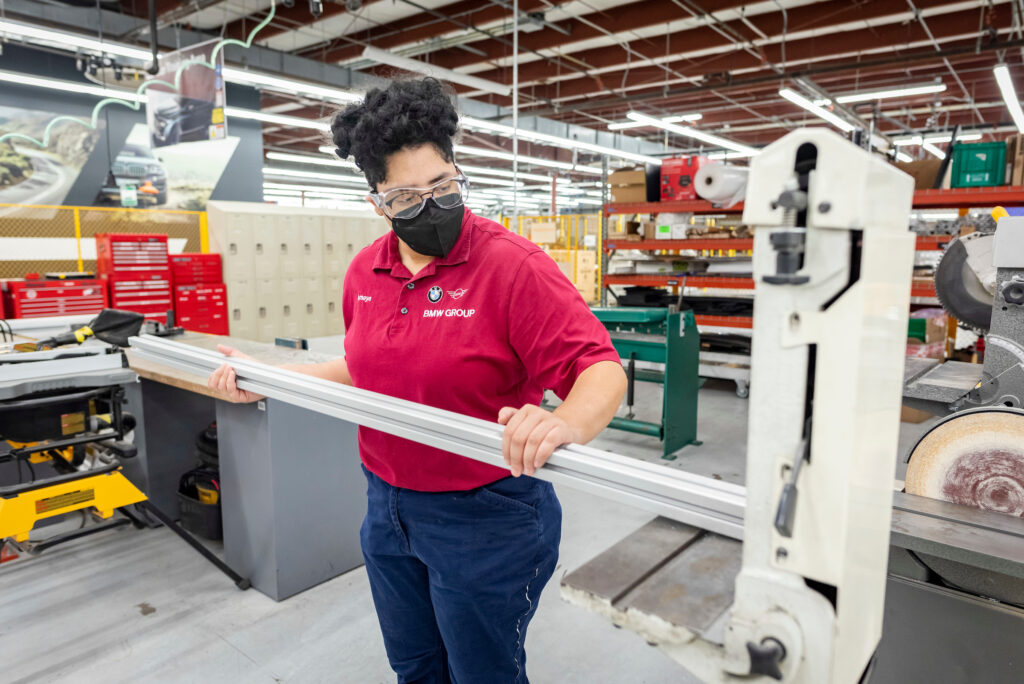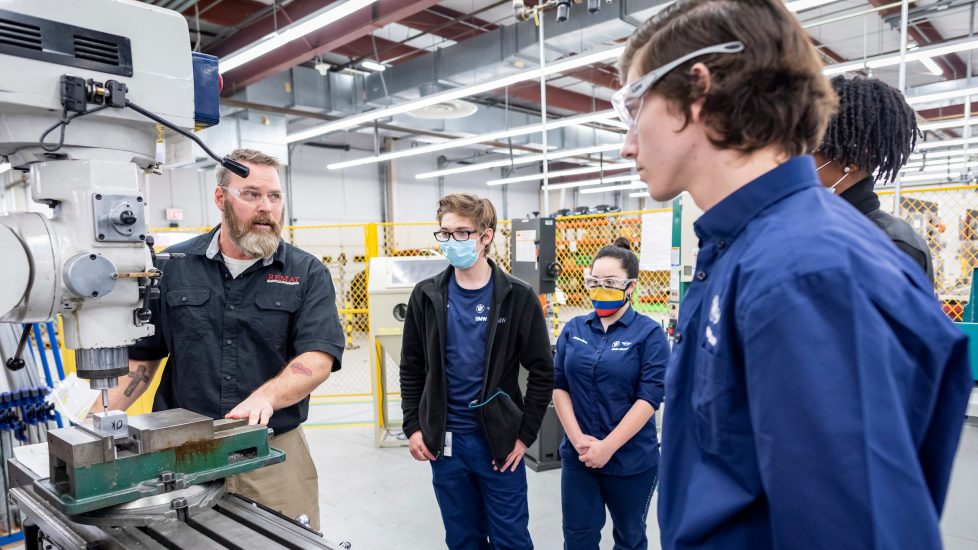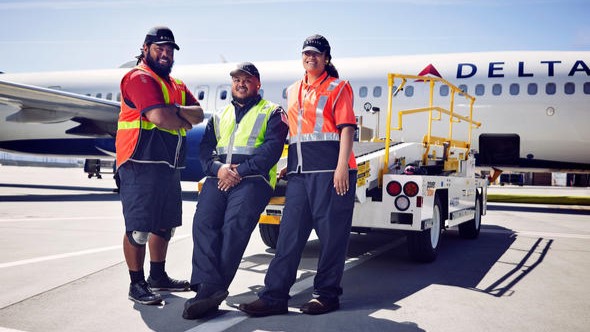Employers in South Carolina are voicing a concern that is being echoed around the country: they can’t find enough skilled talent to fill open jobs.

“There really are a lot of different kinds of motivators [for interest in apprenticeships], but it’s really the skills shortage and the workforce gaps in the state,” according to Amy Firestone, vice president of Apprenticeship Carolina, South Carolina Technical College System
Apprenticeship Carolina works with more than 1,000 employers on apprenticeship programs for both adults and youth and is working with hundreds more prospective companies.
Firestone says while high school apprenticeships in South Carolina have been successful for years, some employers are now taking a second look at them.
“We see more companies slowly adopting a youth apprenticeship model that they have never considered before, and we also see new models for these youth apprenticeship,” adds Firestone.
Staying Competitive by Turning to High School Students
BMW is among those looking to high schools for talent. Since 2011, BMW Manufacturing has been offering apprenticeships through technical colleges, modeled on BMW’s apprenticeship program in Germany, the company’s headquarters.
In 2021, it expanded its model to include high school seniors by creating the Rising Scholars apprenticeship program.

“We felt to remain competitive in the marketplace, we needed to move to the pool where the people were at,” says Eugene Grant, operational lead for vocational talent programs at BMW Manufacturing, Plant Spartanburg.
He adds, “A lot of other companies and our competitors were already starting to draw people from the high school age pool group so to compete with that, we felt like we needed to be involved as well.”
Grant says the students chosen for the program attend vocational programs at career and technical education centers. “These are not just generic high schoolers. They had already shown interest in a particular career field while in the high school program.”
BMW’s Rising Scholars attend high school and go to the company’s training facility four afternoons a week, earning $12 an hour to start, according to the company.
“We are training them on topics and equipment that we use here at the plant. We also have quite a bit of hands-on projects that we have them do,” explains Grant. There were 13 students in the first year of the Rising Scholars apprenticeship and 22 students this year, according to the company.
After high school, they can move on to BMW’s Scholars Program, which is a two-year apprenticeship that partners with technical colleges. Apprentices can earn an associate degree. Once completed, apprentices are eligible for a full-time job at BMW, but not guaranteed one. The company says of the 364 apprentices who completed the Scholars Program since 2011, almost all have joined the company.
Grant describes two pathways for its student apprentices. One is mechatronics which involves the use of robots in operating and testing equipment. The Bureau of Labor Statistics lists the median pay nationwide for mechatronics technicians at roughly $60,000 annually and usually requires an associate degree.
The other route is automotive technology. The BLS lists the median pay nationwide for related jobs at about $46,000 annually and notes the typical educational background as a postsecondary nondegree award.
A Career Spawned by a Love of Video Games
Eighteen-year-old Amaya Hines is choosing the mechatronics pathway. She was in the inaugural cohort of high school seniors completing BMW’s Rising Scholars apprenticeship program and sees it as giving her a competitive edge. “I have a lot of experience under my belt. I look better than other applicants coming right out of college with an associate degree,” says Hines.

She admits that when she was entering her senior year of high school, she wasn’t initially interested in an apprenticeship. However, she changed her mind when she came to appreciate the paycheck and the “hands on” learning experiences at BMW. “We learned how to program a robot which I thought was amazing because that’s what I’m mainly interested in – robotics and programming.”
Hines says her passion for programming stems from her love of video games and remembers being encouraged by a teacher to explore mechatronics. She is now in BMW’s Scholars Program in her first year of the two-year apprenticeship. “My goal is to continue learning here and as I go forward this year and the next year, hopefully I’ll get a job as an ESA (equipment service associate) here at BMW and to be able to work on robots when they go down and stuff for the rest of my life,” says Hines.
For Hines, her experience has put her on a career pathway she didn’t know much about until her apprenticeship.
Grant says BMW’s Rising Scholars program provides an extra year of skills training for potential employees at BMW Plant Spartanburg. He expects it will pay off when it comes to retaining those employees. “When you put time and investment into people like that, they are always more loyal than people you just find and hire off the street. I think you see more loyalty.”
Youth Apprentices on the Rise
A recent JFF report finds there was a 113% increase in the number of U.S. youth apprentices in the years between 2010 and 2020. “Between 2010 and 2020, a total of 389,860 16-to-24-year-olds started a Registered Apprenticeship program,” notes the report.
The findings indicate, “The average exit wage of $30 per hour for young people completing apprenticeships is much higher than the median wages among all young people.” However, the report says, “Apprentices of color and women apprentices of all backgrounds lag behind in both representation and opportunity.”











